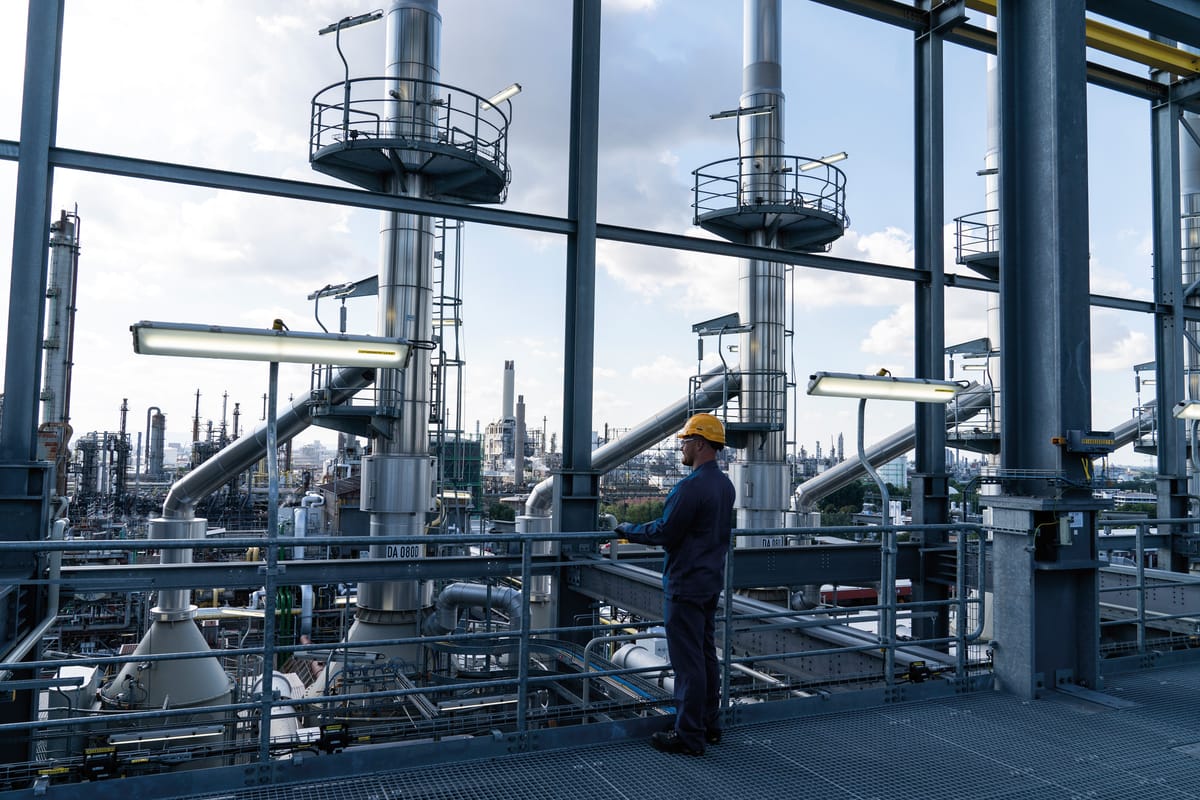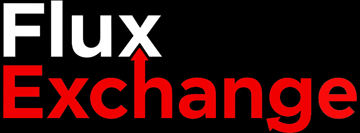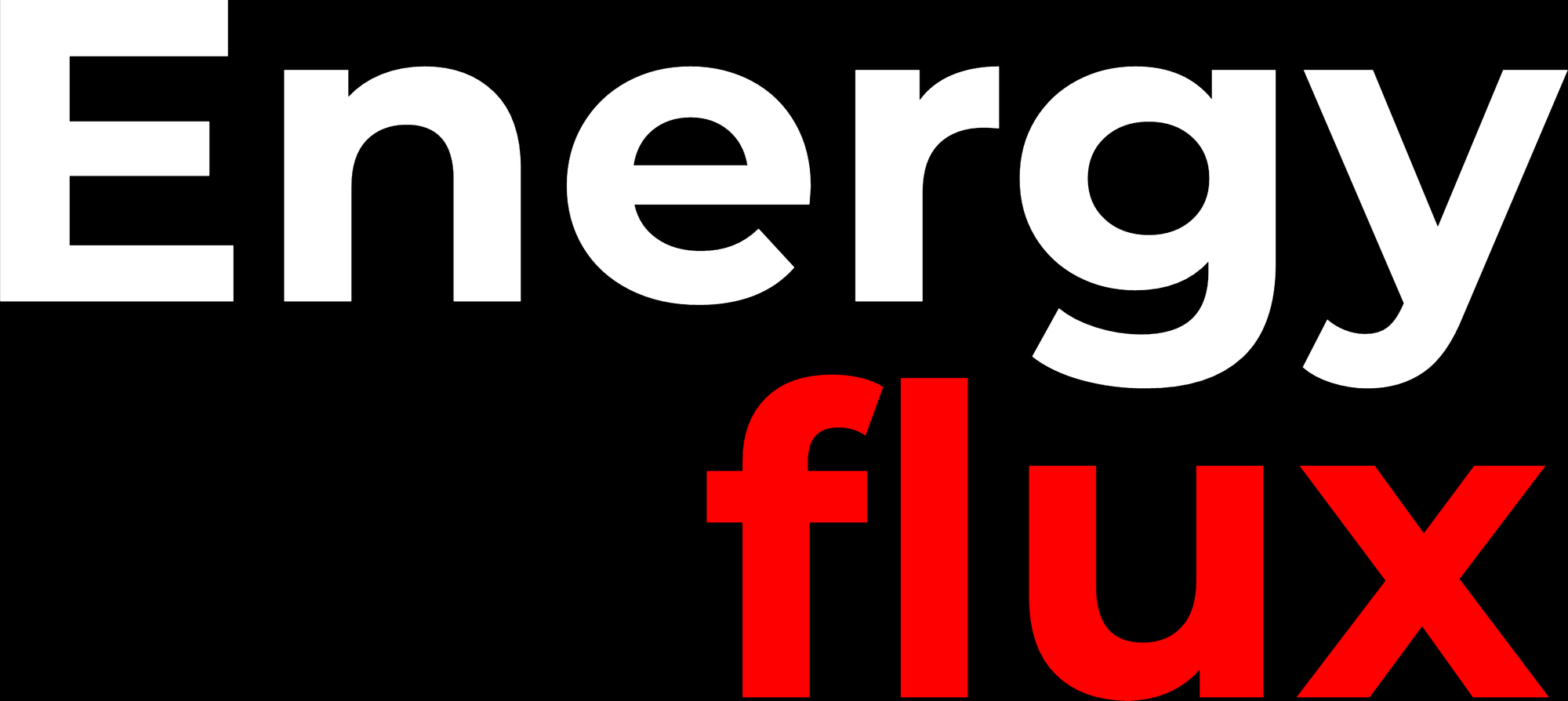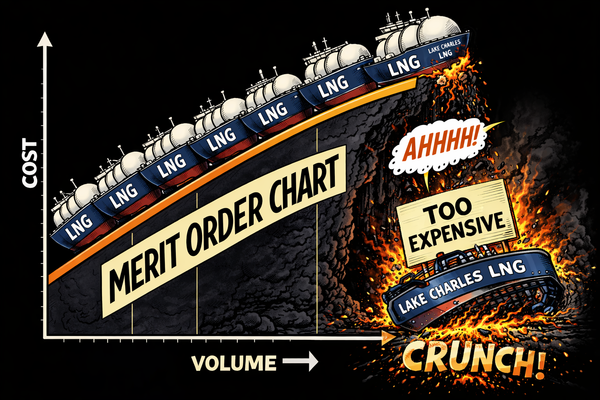Made in Germany, fuelled in America
Incredibly, BASF could save $4.8 billion by buying LNG from America. EU LNG chart deck: 21-25 Aug 2023


Member discussion: Made in Germany, fuelled in America
Read what members are saying. Subscribe to join the conversation.





